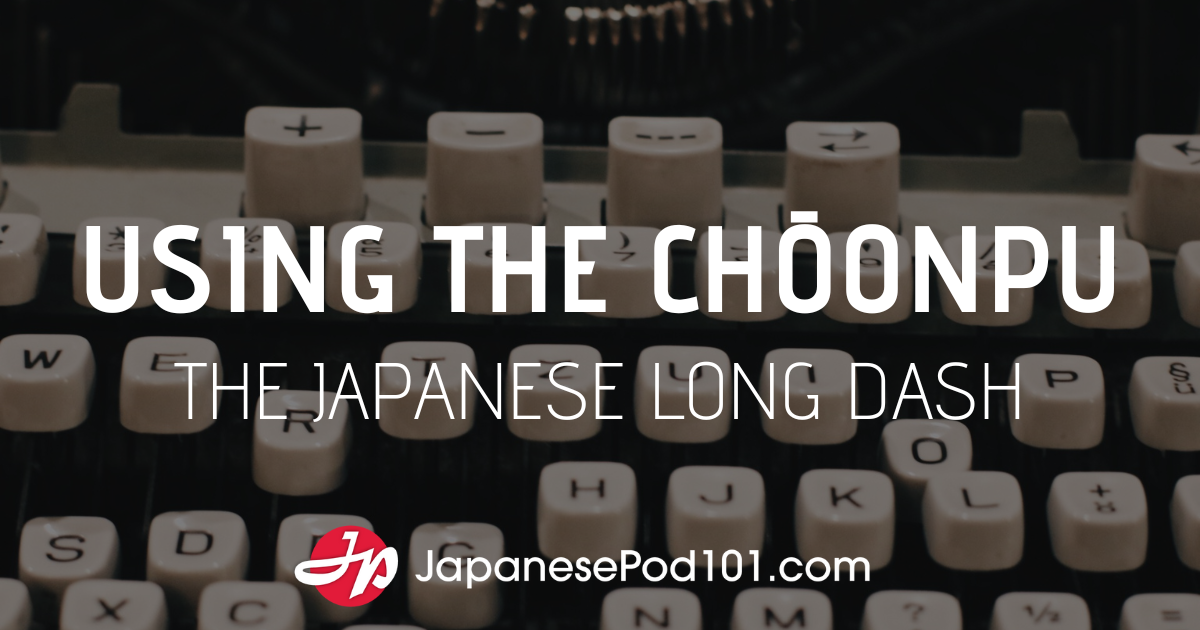| Quick Links Welcome to Kanji Curiosity | The Basics | Glossary |
If a man tastes something bitter and then runs away, what do you get? A man in discomfort? A disappointed (that is to say, bitter!) man? No, you get a “sternly handsome” man, whatever that is!
苦味走った (nigamibashitta: sternly handsome)
bitter + taste + to runThe first two characters form the word 苦味 (nigami or kumi), meaning “bitterness” or “bitter taste.” Meanwhile, 走った (hashitta, voiced here as bashitta) looks like the past tense of the verb 走 (hashi(ru): to run). But actually, 走った functions here as a participle, a verbal adjective describing the implied 男 (otoko: man). That is, he’s a man who ran after he ate something bitter. Sounds like a wuss to me, but maybe some people find such behavior attractive in men.
Grammar aside, it’s hard to know what’s going on in this compound! I mean, I understand why the man is stern. But was he handsome before eating the bitter food? Or does the severity of his expression add to his good looks?
A Japanese friend suggests this etymological explanation: Tasting something bitter is a metaphor for experiencing rough times. Suffering gives a man depth and adds to his attractiveness.
I suppose there’s a kind of balancing out, then. Suffering brings on wrinkles and grey hair, which often detract from outer beauty. But as if to compensate, suffering increases inner beauty. So in the end, there’s a conservation of beauty.
Bring on the Sugar!
Last week we saw that 味 (MI, aji) can mean “taste, flavor,” among many other things. This kanji plays a part in several words describing flavor, such as the following compound:
甘味 (amami or kanmi: sweetness, sugary taste) sweet + taste
This compound has two possible yomi. Amami reflects the kun-yomi of 甘, whereas kanmi is an on-on construction.
I happen to think nothing tastes better than sugar. But I’ve heard it said that other things can actually taste good—including vegetables, perish the thought! So it’s theoretically possible that the following words for great-tasting foods refer to something other than chocolate:
旨味 (umami: tasty; appealing aspect (e.g., of a business))
delicious + flavor
According to Henshall, here’s how the first kanji, 旨, breaks down. The top, ヒ, represents a spoon. And the 日 on bottom is actually a simplification of 甘 (sweet). So 旨 is something sweet that one spoons into the mouth. That only confirms my suspicions that the tastiest foods are the sweetest. Incidentally, 旨 (uma(i): tasty) and 甘 (ama(i): sweet) have similar yomi, which prompts me to wonder if they were one and the same word, way back when.
Sample Sentence with 旨味 as “Appealing Aspect” …
渋味 (shibumi: good taste, astringency, refinement)
astringent + tasteYou may remember reading about the artistic idea of shibumi. We’ve also covered the links between 渋 and hesitation, restrained elegance, sourness (e.g., of unripe fruit), and diarrhea! We first saw this character in the context of a traffic jam, where it bore its original meaning of “not going smoothly” (though that’s not what I said at the time). Even though most of those meanings are negative, this character somehow lends a positive connotation to 渋味, resulting in something that tastes great. It’s hard to imagine that, now that I’ve brought up the topics of sourness and diarrhea! I’ve struggled with the breakdown here. The Yahoo Japan dictionary connects 渋味 with the taste of strong tea, so I imagine that astringent plays a key part in the compound. Tea can certainly be astringent … until you factor in sugar!
Salt and Spice
In English, we speak of “sugar and spice.” The Japanese often contrast “spice” with “salt.” In the following word, 辛 seems to mean “spicy” in a straightforward way:
辛い味 (karai-aji: pungent taste) spicy + taste
But not so fast. If you take out the interstitial hiragana, several things change:
辛味 (karami: salty taste) salty + taste
The yomi of 味 shifts from kun to on, but much more strikingly, the breakdown changes, and the overall meaning of the word changes!
In its kun-yomi form of kara(i), 辛 can mean “spicy” or “salty,” but it can also mean “dry (wine)” and “strict, severe.” For more on this interplay of saltiness and spiciness, see the link.
How to Season Food
In Japanese, there are several ways to talk about seasoning food:
調味 (chōmi: the act of seasoning or flavoring) to mix + flavor
To produce the word for “seasoning agent” (e.g., salt, sugar, soy sauce, vinegar, etc.), simply add one kanji:
調味料 (chōmiryō: seasoning)
to mix + flavor + ingredients下味 (shita-aji: seasoning of food) below + flavor
Perhaps the flavor is tucked beneath the food!
味付け (ajitsuke: seasoning; flavor) flavor + to attach
I like this breakdown—the idea of attaching flavor to food!
Time for your Verbal Logic Quiz!









